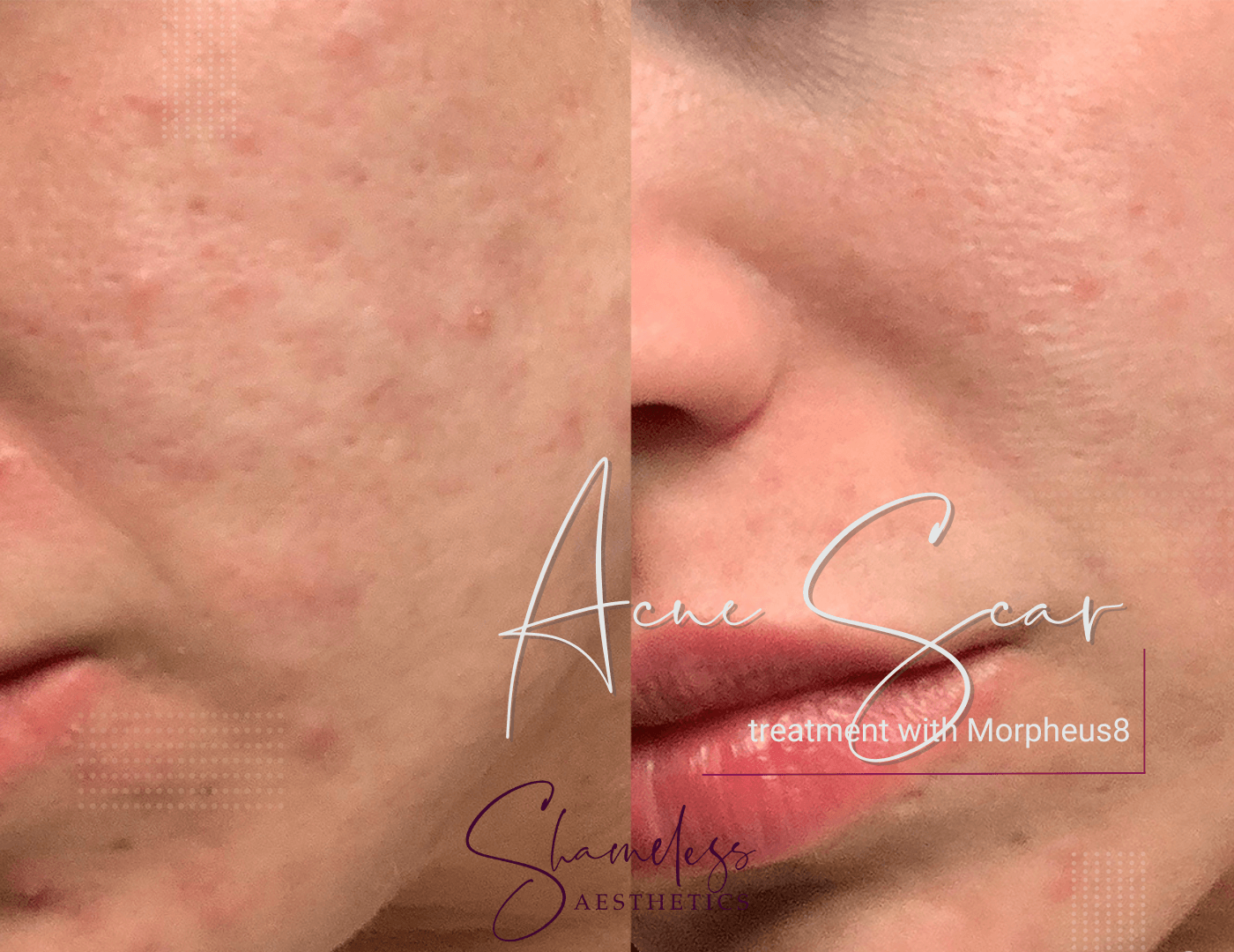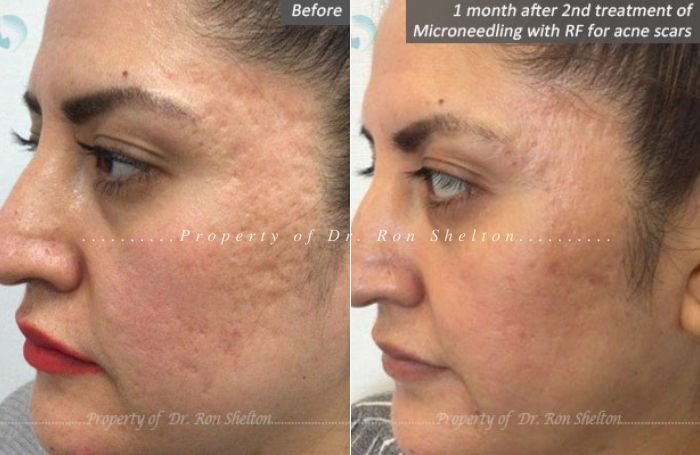10 Simple Techniques For Acne Scars
Table of ContentsThe Best Strategy To Use For Acne ScarsFascination About Acne ScarsUnknown Facts About Acne ScarsGet This Report on Acne ScarsWhat Does Acne Scars Mean?
Elevated acne marks occur when the body creates excessive collagen and develop a visible bump. As we age, acne scars come to be much more significantly since our skin sheds collagen. Some people are more probable to see marks than others. According to Dr. Garvey, the threat increases when: An individual has inflammatory acne such as acne cysts.An individual hold-ups treatment for inflammatory acne. If we really did not need an additional factor why not to stand out an acne, recognize that a mark could be the straight outcome of your actions.
Your genetic make-up plays a large role in exactly how much acne, and what kind of acne you may establish. As we claimed previously, there is no magic active ingredient to take acne scars away in the blink of an eye. There are treatments available that help decrease the scarring with time.
, a dermatologist might raise the mark, bringing it closer to the surface of the skin to make it less obvious. Resurfacing gets rid of layers of the skin, which permits the body to create brand-new skin cells.
The Ultimate Guide To Acne Scars
Lasers and other light treatments can deal with raised scars safely and properly. (PDL) can assist lower the impulse and discomfort, decrease shade, and flatten a raised mark.
After 3 needling treatments, there was improvement in the look of acne marks over time compared with the control group, with very little pain reported - acne scars. Treatment of acne scarring remains a healing obstacle, with treatment approaches that include a variety of feasible options.
Nonablative and ablative lasers can be used to either get rid of or perforate skin in a penalty pinpoint pattern, with resulting neocollagenesis; just a portion of the skin is treated with each treatment, and a series of therapies are required to treat the entire afflicted surface area. It has been suggested that neocollagenesis and improvement of acne scars can additionally be achieved utilizing needle rollers, which use a mechanical, macroscopic technique to induce tiny epidermal and facial perforations.
Unknown Facts About Acne Scars
Like paint rollers, such tools can be relocated back and forth along the skin. Needling as a possible therapy for acne scarring was presented by Camirand and Doucet, that defined usage of a tattoo weapon to abrade acne scars.
At each of these brows through, needling was carried out on the research treatment area, and topical anesthetic was only massaged right into the control location. Digital pictures and negative occasions (eg, infection, long term erythema, prolonged edema, serosanguineous water drainage, blood loss, ulceration, disintegration, and pigmentation), including their period, resolution, intensity, connection to the research study treatment, and any kind of alleviative actions taken, were videotaped before each therapy.

Discomfort degree was videotaped based upon a 10-point visual analog range after the procedure. Promptly after each treatment, gentle manual stress with gauze was requested 5 mins to control pinpoint blood loss and lotion secretion. The go to this site skin was saturated with saline swabs for an hour to help with hydration while the individuals were educated concerning the demand for home treatment.
The 8-Minute Rule for Acne Scars
The gadget was after that further cleansed by gas sanitation, saved in a closed plan, and labeled with the individual's name and the initial treatment date on package till the next treatment. This check it out sterilization procedure was complied with to make sure a high degree of infection control in this research setup. The primary result step was the measurable international scarring grading system, established by Goodman and Baron.
2 blinded skin doctors (S.H. and M.P.) separately rated individuals' acne scars based upon basic electronic photos obtained at baseline and at the 3-month and 6-month follow-up gos to. Forced contract was used to integrate scores. Given that this was a very early pilot trial, we considered it proper to take into consideration acne marks jointly, not independently, by different morphologic subtypes (eg, rolling, boxcar, ice choice, and so on).
and M.P.) did not get involved in randomization or treatment and as a result had the ability to be blinded pertaining to assignment. Modifications in mean mark ratings from standard to 3 and 6 months, respectively, were calculated for the therapy and control arms. Repeated-measures evaluation of variation with pairwise contrasts with Sidak change were executed to examine whether the mark score differed on treatment type, time, or the interaction in between the 2.
The Wilcoxon authorized rank test was used to evaluate whether the difference in overall acne scar appearance was connected with treatment type. The research study occurred from November 30, 2009, via July 27, 2010. Twenty individuals consented, and 5 left before the first therapy. The remaining 15 finished all therapies and are examined.
The Buzz on Acne Scars
At 3 months compared to baseline, the reduction in mark rating in the needling group was nonsignificant (mean distinction, 2.4, 95% CI, 0.01 to 4.8; P =.052) (Figure 3). The needling treatment was not especially agonizing. The mean pain check rating was 1.08 of 10. Discomfort ratings increased somewhat with time (P =.01), with week 4 pain scores (mean, 1.75; 95% CI, 0.90-2.60) dramatically higher than week 2 (mean, 0.78; 95% CI, 0.40-1.20) and week 0 (mean, 0.71; 95% CI, 0.40-1.00).
When asked to approximate the discomfort experienced throughout and in the days after their treatment, individuals commonly reported no discomfort (acne scars). A lot of individuals were extremely satisfied with their procedure, replied yes when asked if they would certainly do this treatment once again to treat additional marks, and claimed they would suggest needling to their close friends
Mild transient erythema and edema, which were not categorized as damaging occasions and thus not officially tracked, were regularly observed by the private investigator (M.A.) and reported by individuals after treatments. This research discloses some improvement in acne scars after a series of 3 treatments of needling. There is a statistically substantial enhancement in such marks in the treatment team from standard to 6 months and no significant improvement during this period in the control group.
